When the colors adjusted by the packaging and printing factory are used in the printing factory, they often have errors with the standard colors. This is a problem that is difficult to completely avoid. What is the cause of this problem, how to control it, and how to improve the color accuracy of the printing factory?
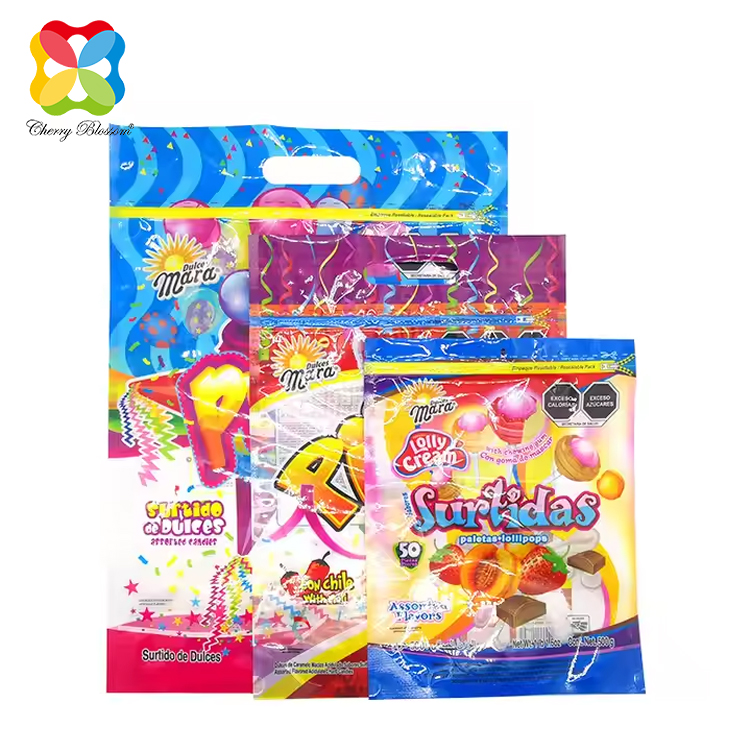
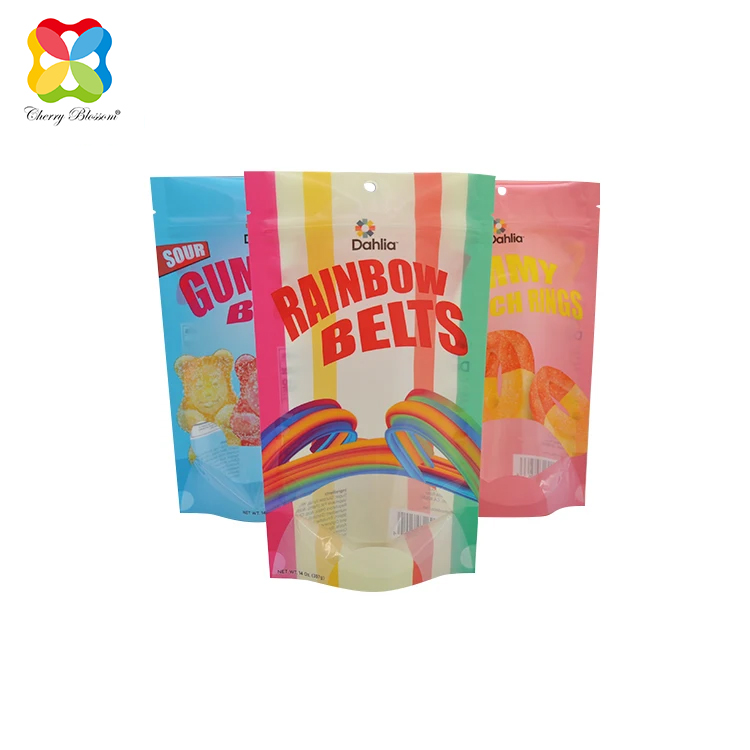
Printing Method
Most of the ink factories use printing presses imported from the UK. The mesh of this machine is on a flat plate, and the printing film is moved by a circular embossing roller to complete the printing.
The machine in the printing factory is a circular press, and the screen is on a rotating circumferential roller. The number of lines and angles of the two meshes are very different, making the same ink very different in the two printing methods. Sometimes it’s not just the dark color, but also the hue and value. Some small factories use ink scrapers to check samples, which makes things worse. Use a plate-making factory's proofing machine to check the color. The effect will be much better than the imported small printing machine, but the price is about the same. This kind of proofing machine can be made into the same version as the printing factory, and different levels and depths of printing patterns can be designed as needed.
This makes the printing method basically the same as that of the printing factory, and the important factors that affect the hue of the printing plate are also the same as those of the printing factory.
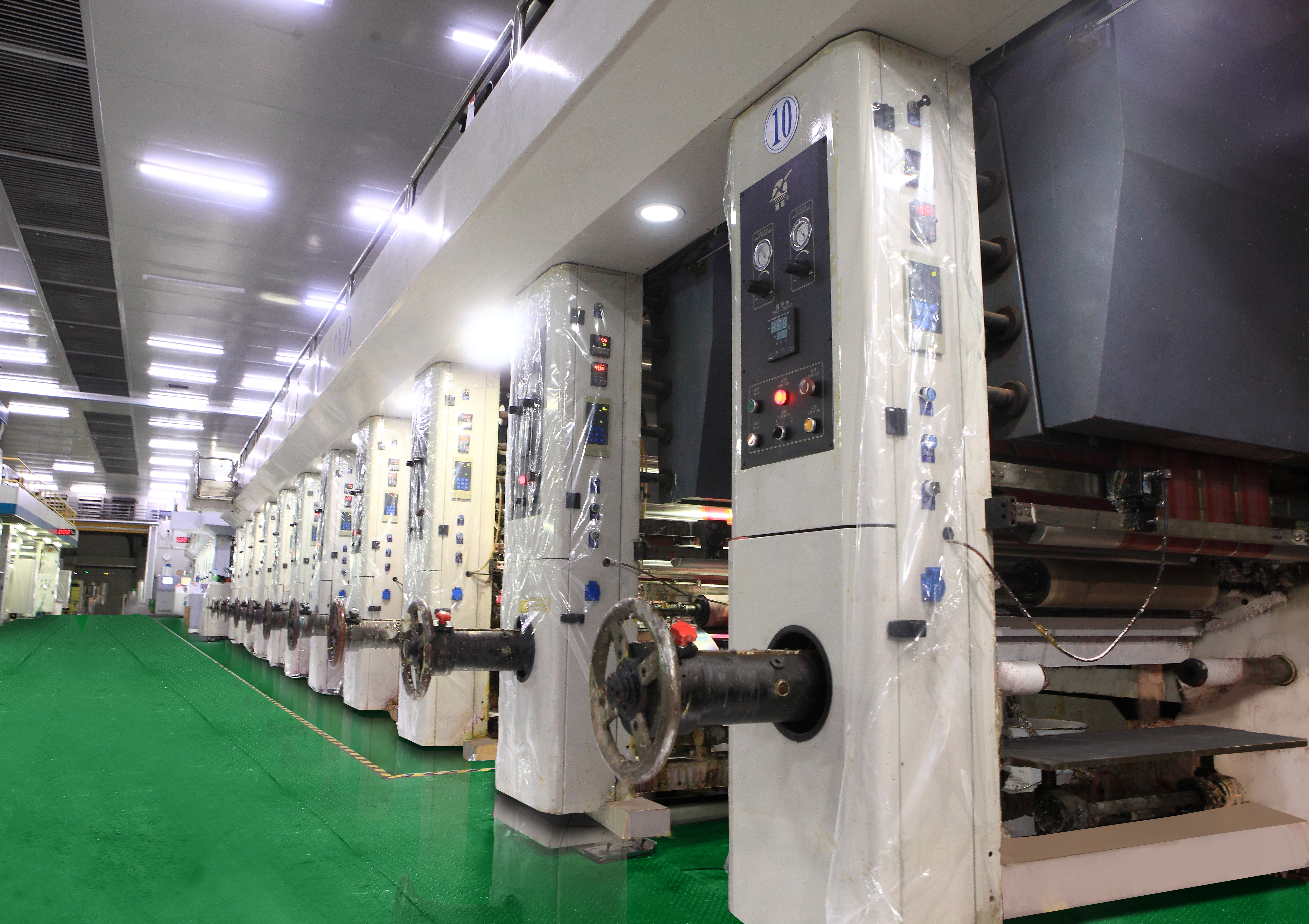
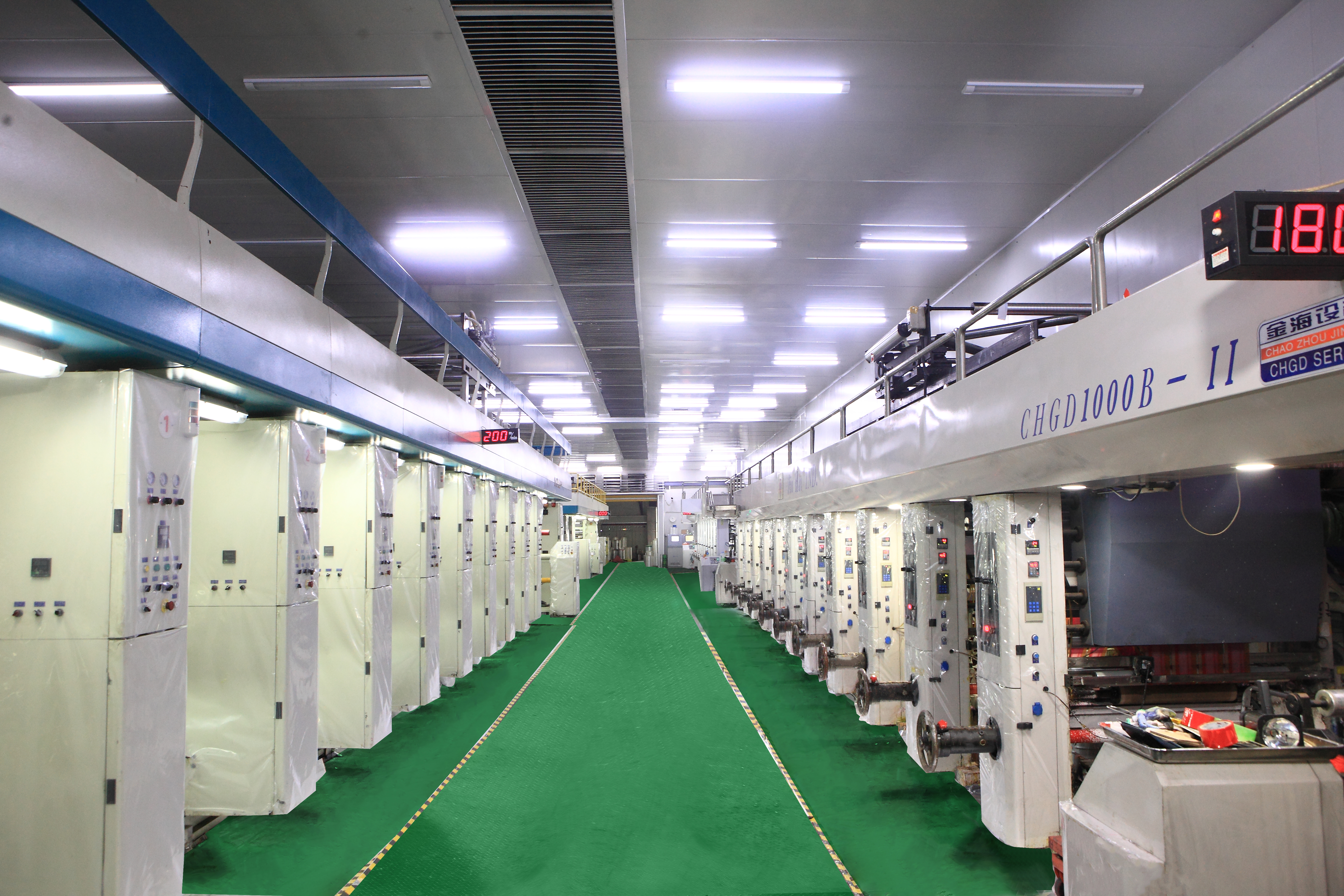
Edition Material Depth
Different printed materials have different plate depths, and the ink factory's understanding or estimation of the depth of the plate used for printed matter also affects the accuracy of color matching. Obviously, if the ink factory uses a 45 micron dark version for printing, but the customer's version is much smaller than 45 micron, the printed color will become lighter, and vice versa, it will become darker. Some people think that the ink is adjusted according to the standard ink provided by the user, and the printing depth can be ignored. In fact, this is a theoretical point of view, but in practice it is not the case. Theoretically, two identical inks (such as dividing a cup of ink into two parts), regardless of the depth of the printing plate (other conditions being the same), will have the same hue. However, in actual color matching, it is impossible to mix exactly the same ink, so this phenomenon often occurs; sometimes the color of the light printing plate is relatively close (which can meet the customer's requirements), while the color of the dark printing plate is much different, so It is important to master the depth of the pattern. The darker the customer's version, the darker version must be used to print the correct color.
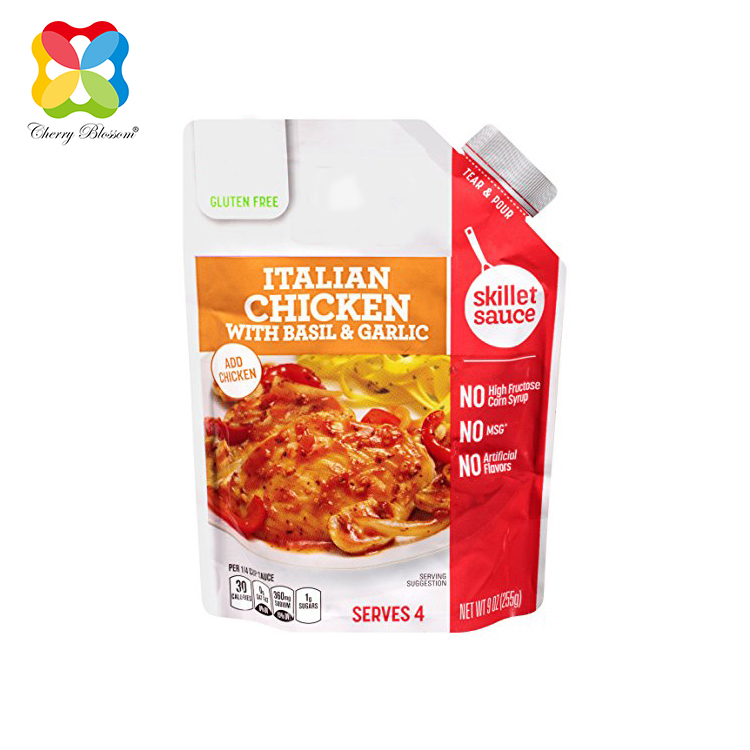
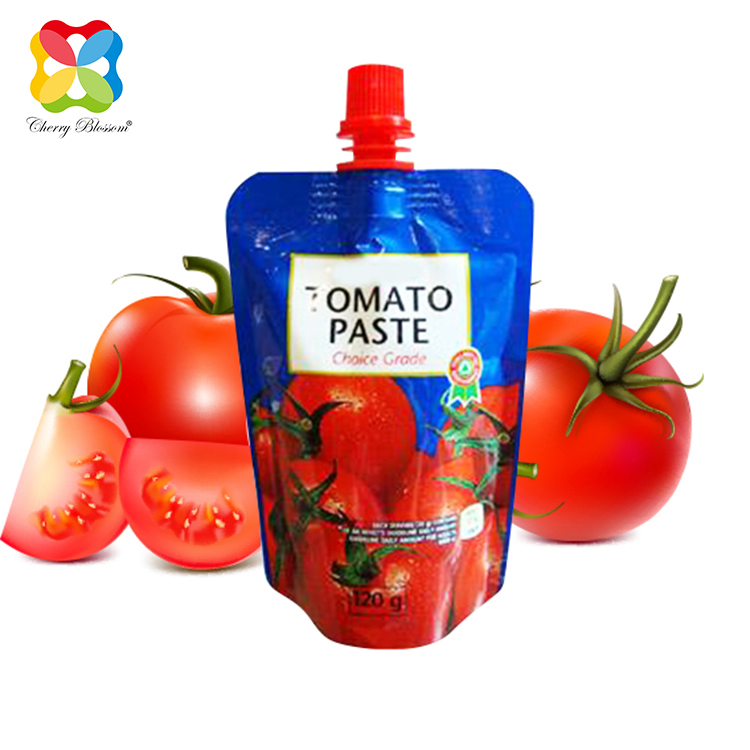
Viscosity
When printing this ink, the printing viscosity of the ink factory should be the same as the viscosity of the printing factory. The farther apart the two are, the greater the final color difference will be. The factory uses 22s for ink color matching, and the customer uses 35s. At this point, the color will definitely be much darker, and vice versa. Some ink factories don't pay much attention to this issue. They do not consider the viscosity used by the printing factory, but use the customer's standard samples (ink samples and printing samples) with the same viscosity for comparison. The result is a large color difference.
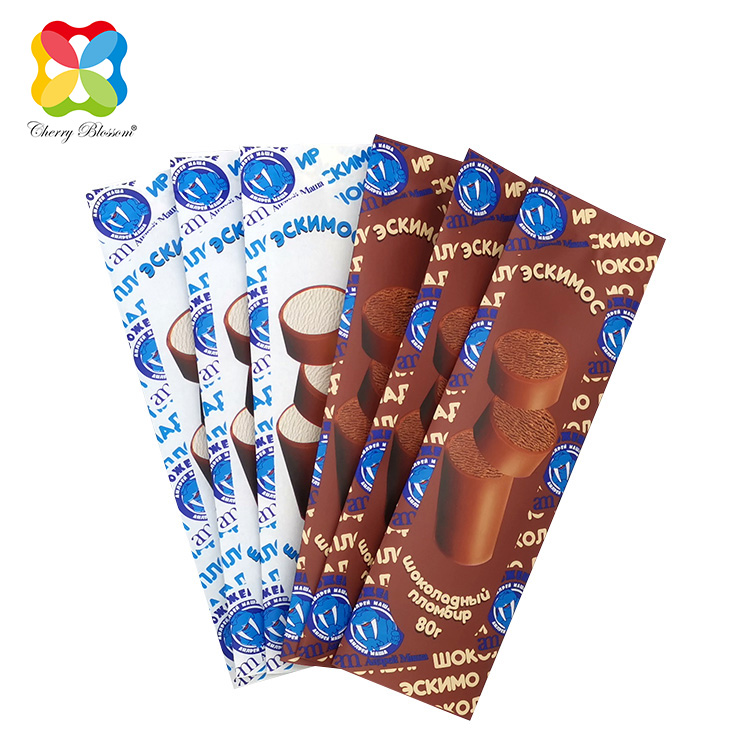
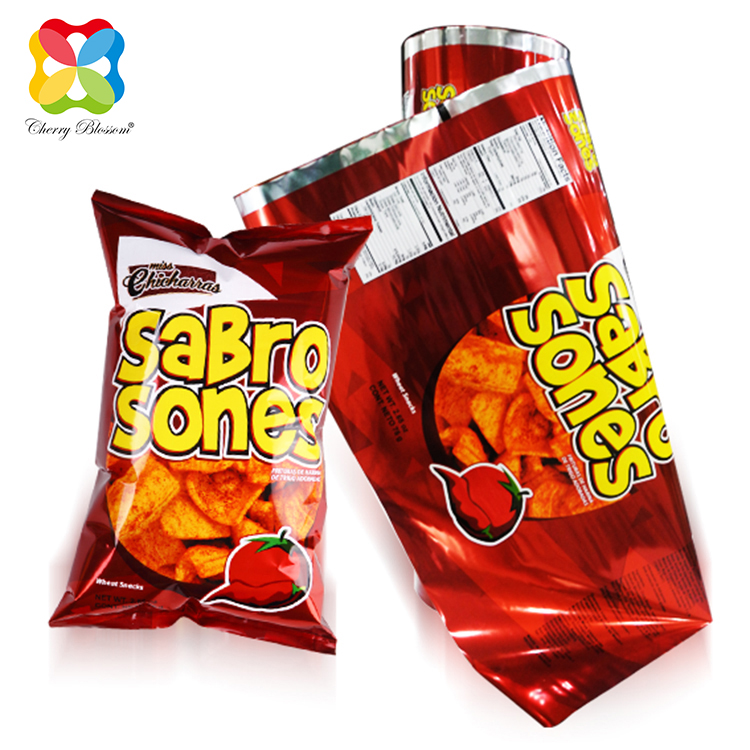
Printing Material
The materials used by ink factories and printing factories (including other processes) are different, which will also cause large color differences. Some inks are printed with another layer of white ink, which will be closer to the customer's print, while others are the opposite. Some ink customers do not change much after compounding, while others change greatly, such as some transparent colors. Therefore, when mixing colors, the ink factory must understand the customer's process conditions, including the most basic: whether to print a white ink backing, what materials to compound, and whether to polish.
Theoretically, the closer the printing conditions of the ink factory are to the printing conditions of the printing factory when the ink is used, the higher the accuracy of the ink will be. However, due to conditions, there are still many differences between them, such as printing speed, environment for viewing colors, pressure of the printing roller, etc. It is impossible to unify them. As long as these four parts are controlled well, the color matching accuracy of the ink factory can definitely be greatly improved.
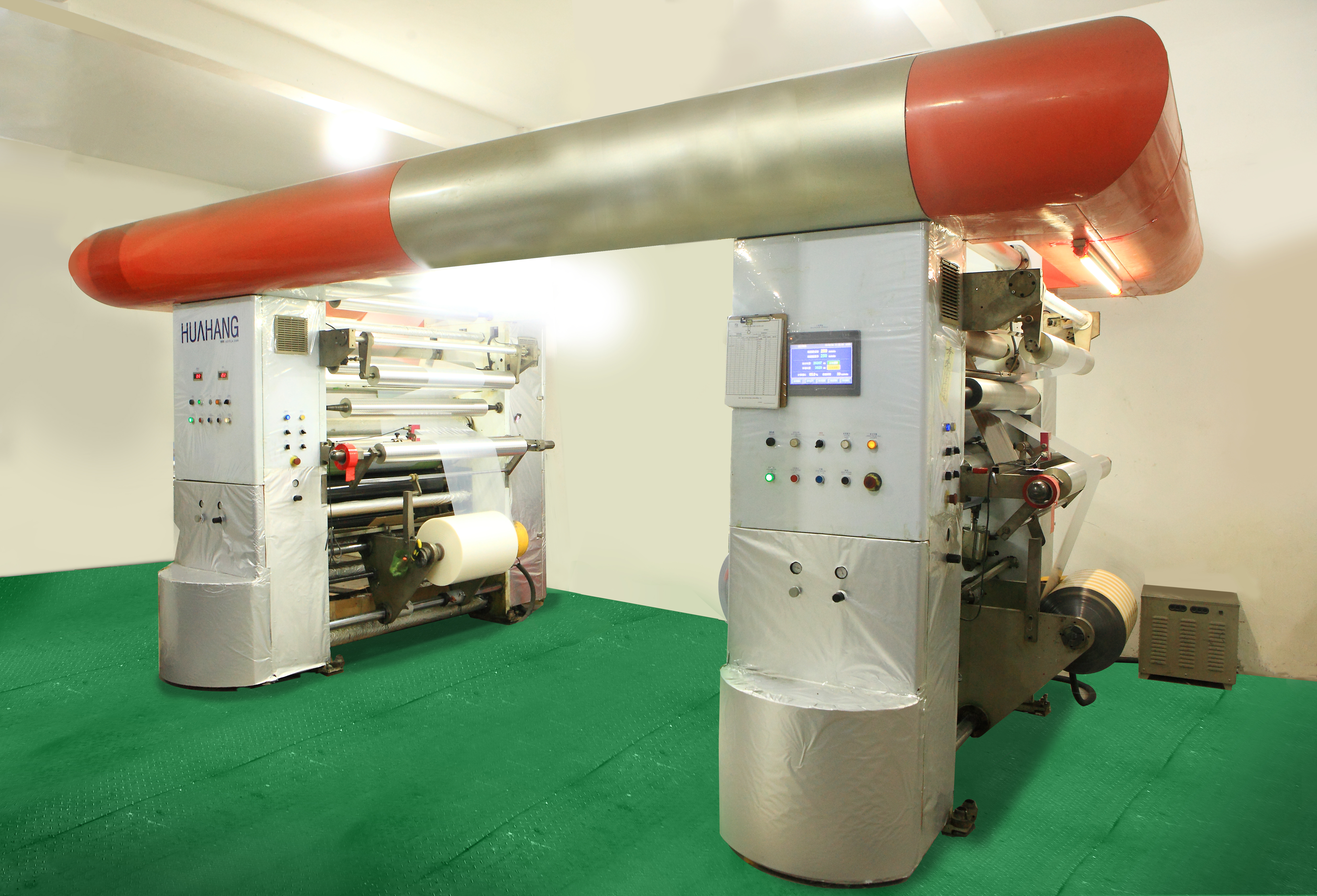
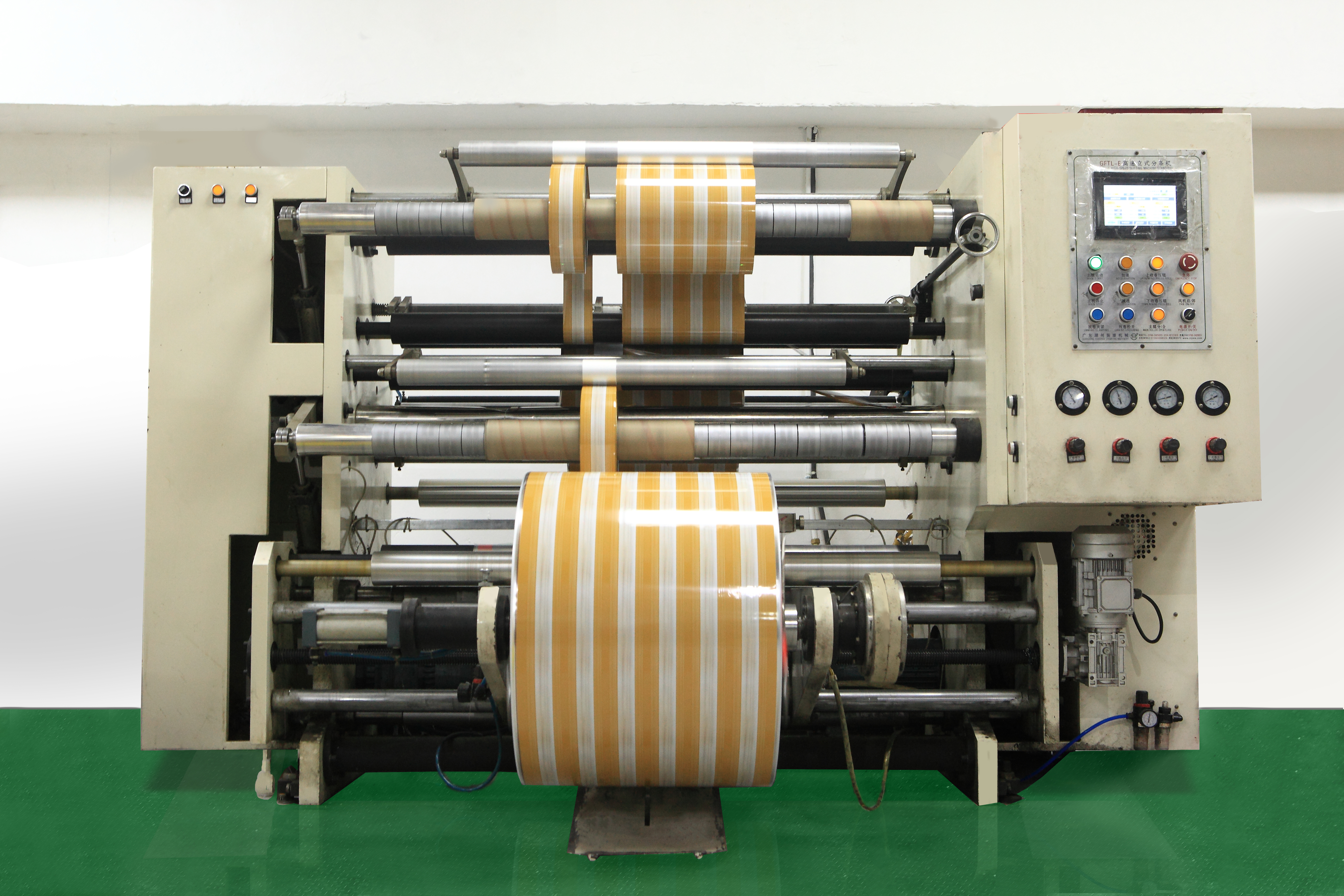
Post time: Jan-19-2024






